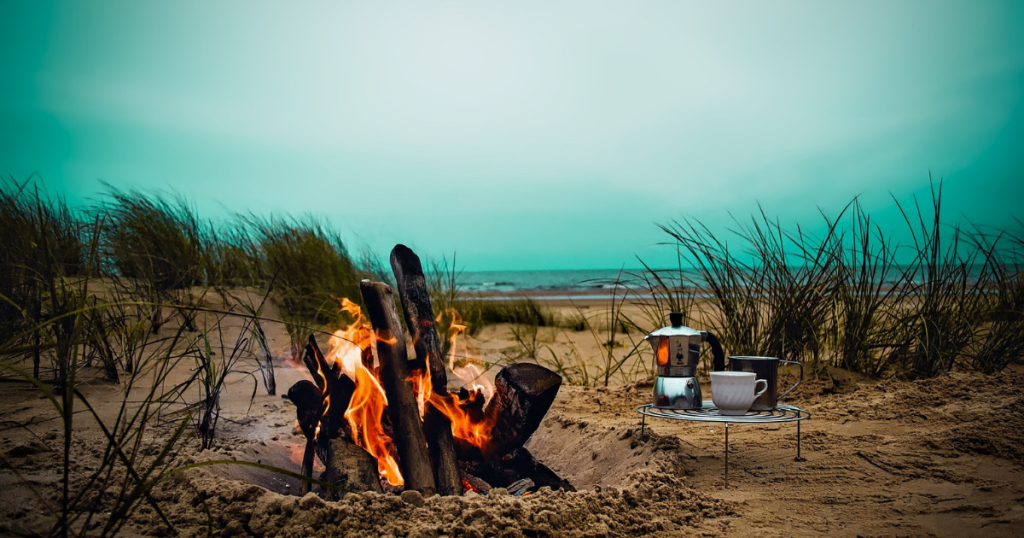When I was a kid, I spent so many holidays camping. These camping trips always re-wrote the definition of ‘roughing it.’ I have vivid memories or digging holes for a toilet, showering in the surf or a river, and bumping around in the back of a four-wheeled drive.
While I no longer camp, there are occasions when a camping trip comes up. I thought to share my preparation tips if you rarely camp or have never camped before.
Pack light and with the word ‘essential’ in mind.
Before your departure date, check the weather forecast and see what kind of weather you need to prepare for. Pack your lightest clothing that can be layered if the weather suddenly turns cooler.
Pack your clothing in separate waterproof bags in categories so you can find items easily. The most of anything you want to take is underwear. You never know when you might get drenched or muddy. Use a duffle bag so it can fit into your car easily. Don’t forget to take sturdy footwear, too. A pair of slip-on sandals are handy for trips to the bathroom.
Checking the fire danger warnings before you leave is also important, as well as loading emergency apps on your phone.
Pick a sturdy tent that suits people and weather.
You want a tent that fits the amount of people using it and the weather conditions you will be using it in. It is always me and my partner who camp, and we are tall, so we chose a tent that is big enough for three people. That way, there is enough room for bags and moving around.
A three-season tent is more than you need if you are not camping in snowy conditions. You want a tent that is waterproof has reinforced zippers and is easy to assemble. Plus, look out for vegan-friendly materials. Same goes for your choice in sleeping bag.
Where to set your tent up is important.
Remember not to assemble your tent directly under a tree. You want to minimise the risk of branches – or the tree itself – falling on you and the tent. Also, set up a decent distance away from riverbanks in case there’s unexpected flooding. Before you set up, make sure you put a tarp underneath your tent. This will give you extra protection from water or moisture.
Choose compact furniture.
A couple of chairs contained in their own sling bags are perfect for packing in the car. They are compact and easy to assemble. Think about a compact table and chair set if you think you will be eating most meals at the campsite.
Make sure you pack food and other items that are suited to the facilities.
Does your campsite have a communal kitchen? Are there shared facilities? Check the campsite’s website so you know what facilities and appliances are available. That way, you can pack appropriate foods and cooking utensils. If you are camping with a group, each party can be responsible for bringing one item that everyone can use. This will share the load and reduce the risk of forgetting certain items.
Once you hit the road…
If you have a long drive ahead of you, set out early to beat traffic and schedule regular rest stops. Before you leave, look up cafes that have vegan options. Then, you can map out your rest stops with confidence while supporting regional businesses at the same time.
Consider packing road trip snacks or a packed lunch if there are limited food stops. Do not forget to have enough fuel in the car and check tyre pressure and windscreen wiper fluid levels, too.





